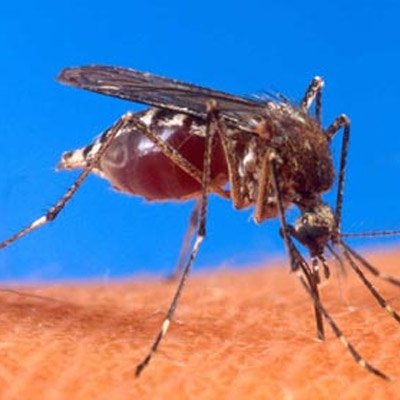A new study led by UK scientists has explained the key to malaria’s rampant growth.
Scientists say it is down to protein molecules called cyclins which cause cells to divide rapidly in the malaria parasite.
The study, led by a team from the University of Nottingham, could lead to new treatments for malaria, the researchers said.
Malaria is responsible for nearly half a million deaths a year.
A cyclin is one of the most important protein molecules needed for cell division.
They have been well studied in humans, yeasts and plants – but until now, little has been known about cyclins in the malaria parasite and how they affect cell development.
This research, published in the journal PLoS Pathogens, has been able to classify the number and type of cyclins present in malaria parasites.
Dr. Bill Wickstead, from the University of Nottingham’s School of Life Sciences, identified three different types of cyclin genes in the malaria parasite.
This is far fewer cyclins than are present in humans – and compared with other sets of cyclins, he said, they caused an “exciting type of cell division”.
Prof. Rita Tewari then carried out an in-depth analysis of a cyclin in the malaria parasite to find out more about what they do and why they do it.
She worked out that the cyclins found in malaria parasites made cells divide very quickly and enabled them to spread quickly in blood cells.
Working out why this happens could aid understanding of how the malaria parasite thrives within the mosquito and its human host, and lead to new treatments.
